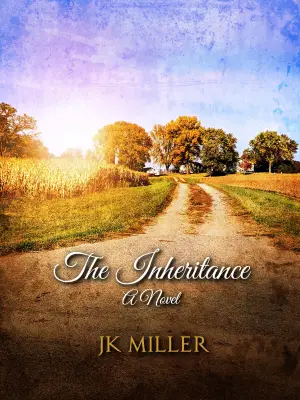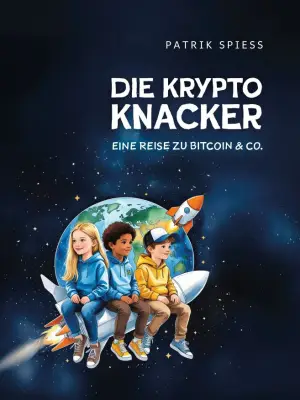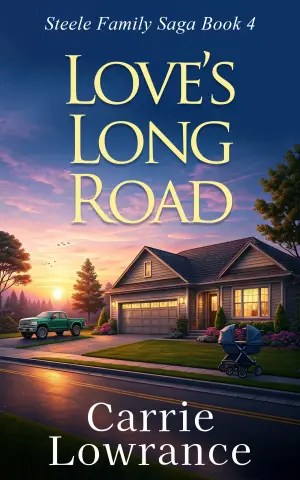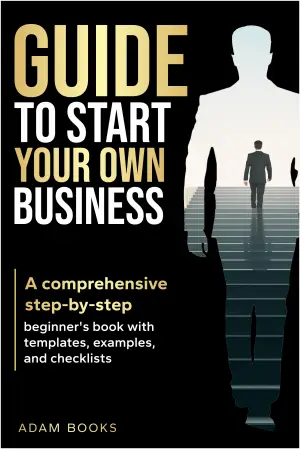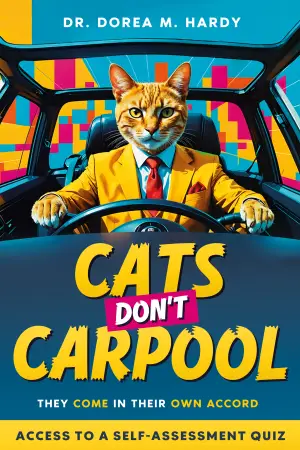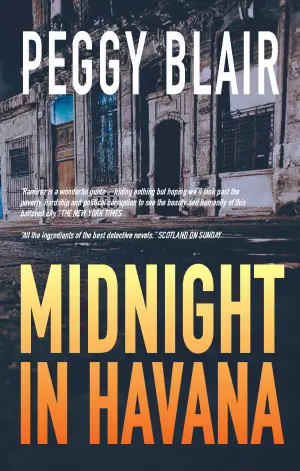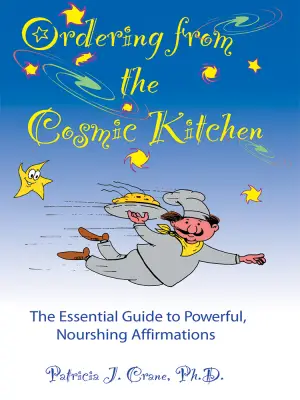A Heart-Wrenching Friendship: Reflecting on The Boy in the Striped Pajamas
When I first picked up John Boyne’s The Boy in the Striped Pajamas, I was drawn in by its haunting premise—a friendship formed in the shadow of one of history’s darkest chapters. The idea of childhood innocence juxtaposed with the brutal realities of the Holocaust intrigued me, and I couldn’t help but wonder how such a delicate topic could be distilled into a tale meant for younger audiences. Would it tug at my heartstrings or leave me pondering deeper questions?
The story centers around Bruno, a naïve nine-year-old boy whose father is a high-ranking Nazi officer. When the family moves to a home near Auschwitz, Bruno feels isolated and longs for companionship. Soon, he befriends Shmuel, a Jewish boy on the other side of a fence. Their friendship blooms amidst ignorance and innocence, but the reality of their worlds ultimately creates an unbridgeable chasm. The bond they share is tender yet tragic, reminiscent of childhood friendships that defy boundaries, making it a poignant exploration of innocence lost.
However, while Boyne’s narrative is strikingly emotional, it raises significant questions about historical accuracy and character development. As I read, I couldn’t help but feel uneasy about Bruno’s almost comically naïve perspective. How could the son of a Nazi officer remain so blissfully unaware of the horrific truths surrounding him? This portrayal made it difficult for me to connect deeply with Bruno, often viewing him as more of a narrative device than a fully fleshed-out character.
The writing style also struck me as both endearing and problematic. Boyne cleverly employs a child’s voice, but at times, it felt overly simplistic, leading me to question whether it aimed more toward younger readers or adults. While I appreciated the attempt to frame heavy themes through a child’s lens, I often found myself desiring a more sophisticated exploration of emotion and a tighter narrative. The repetition didn’t just become annoying; it undermined the gravity of the somber subject matter.
One part that truly resonated with me was the underlying theme of friendship. The way Bruno and Shmuel connect is tender and beautiful, showcasing the power of innocence to transcend boundaries. Yet, as the story progresses, it cleverly reveals the harsh truth: innocence does not shield one from tragedy. It’s this heart-wrenching duality that lingers long after the final pages.
Ultimately, while The Boy in the Striped Pajamas has its flaws—particularly in character development and historical context—it remains a gripping read that will evoke strong emotions. It speaks to young adults and readers who wish to understand friendship against the backdrop of war and human suffering. For those who can navigate its narrative intricacies, the book offers a moment of reflection on the consequences of ignorance and the strength of human connection.
Though I finished the book with a bittersweet ache in my heart, the experience was meaningful. It’s a reminder of how storytelling can illuminate dark parts of history, even as we grapple with the complexities of representation and understanding. If you’re looking for a conversation starter on friendship, innocence, and the consequences of prejudice, The Boy in the Striped Pajamas will certainly leave you with much to ponder, albeit with a well-used box of tissues by your side.
Discover more about The Boy in the Striped Pajamas on GoodReads >>

